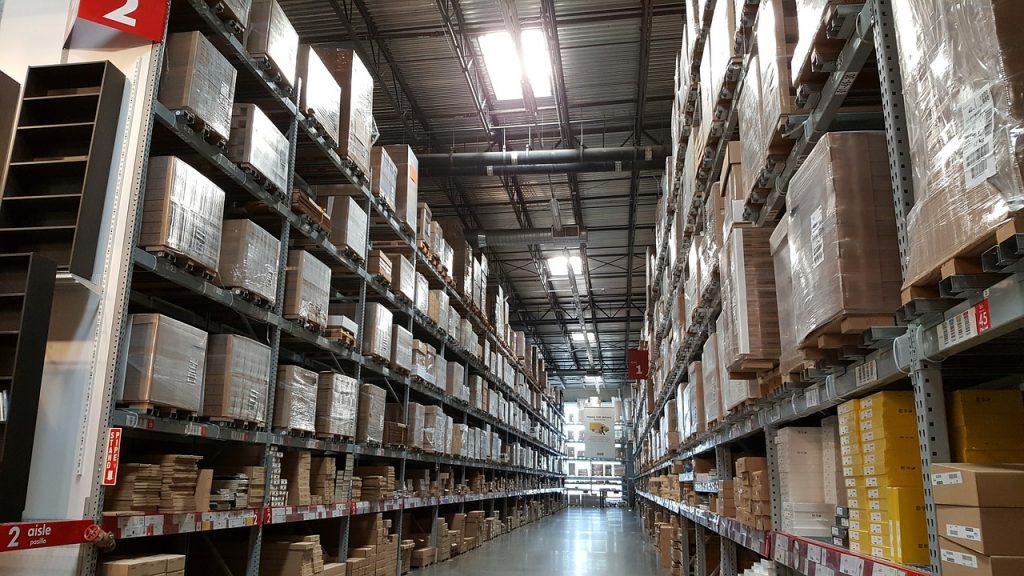Small Businesses Are Battling Big Ones For Warehouse Space
A shortage of warehouse space in the US has caused a battle to brew between small businesses and larger ones both needing a place to store their excess merchandise.
This article is more than 2 years old
Less warehouse space means larger businesses beat out their smaller competitors for available storage. Across the United States, giant retailers put their extensive overstock in these warehouses, leaving little to no space for smaller companies to store their goods. Amongst a growing stockpile epidemic, retailers everywhere are scrambling for proper storage.
Many retail experts believe that overstock and companies not selling enough of their goods are the prominent reasons for the dire warehouse space demand. Unfortunately, this has increased storage space nationwide prices and has pushed smaller retailers out of their previous areas. Karen Galena, the president of the real estate inventory management company First Logistics, stated that larger enterprises could pay more for storage space, which puts those with fewer funds in a difficult position.
As warehouse space increases, so does the cost of the labor and maintenance of the storage facilities. Other payment costs inflated due to the heightened demand have made it harder for smaller businesses to procure their necessary spaces. If storage facilities increase their rent and general expenses, minute businesses and operations will likely continue being squeezed out while more giant corporations move in.
Galena corroborated this cutthroat market practice, stating that smaller businesses have been calling their company about being forced out of their warehouse spaces. As warehouses increase their rent costs, more giant corporations can pay top dollar for coveted slots while pushing people out with fewer funds. Unfortunately, this change is beneficial to warehouse operators, who receive more pay for their spaces with higher handling fees.

In a capitalist system, it’s harder for independent and smaller businesses to gain their rightful spot in the market. When COVID-19 hit, more giant corporations were able to pay more for their products’ shipping, ensuring that their packaging could get on the limited amount of container ships. This put significant strain on businesses with less excess money that couldn’t afford to pay extra for their products to be distributed.
The amount of available warehouse space has diminished over the past year. The rate for industrial real estate is at 3.2%, down by .6% from 2021. According to commercial real estate services company Cushman & Wakefield, available warehouse space was over 5% at the beginning of the pandemic.
Businesses surrounding large cities or cities with important ports have found it the most difficult to secure proper storage facilities. Places like New Jersey, New York, Los Angeles, and Savannah, Georgia, are facing problems with available warehouse space, with significantly lower vacancy rates than nationwide. According to Wall Street Journal, Southern California struggles the most with businesses scouting out vacant space, with 0.7% warehouse availability in 2022’s third fiscal quarter.
When a service is in high demand, it inevitably drives the price up for that service to astronomical heights. Rent for warehouse space rose to an average of $8.70 per square foot in the last quarter, which is almost $1.50 higher than in 2021. Especially since overstock has been a considerable problem for retailers nationwide, more companies are looking for vacant storage areas to put their excess products.







